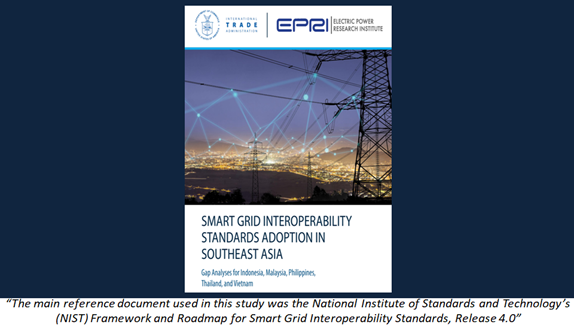
The Department of Commerce's International Trade Administration, with the support of the Electric Power Research Institute (EPRI), recently released the report, Smart Grid Interoperability Standards Adoption in Southeast Asia, which involved a gap analysis of existing standards in Indonesia, Malaysia, Philippines, Thailand, and Vietnam. NIST staff helped to guide ITA’s assessment of smart grid standards adoption in this region, including using the NIST Framework and Roadmap for Smart Grid Interoperability Standards, Release 4.0. The study noted that, "The Framework provides a useful conceptual model for smart grid applications by categorizing functions within various domains and subdomains." In addition, NIST staff engaged with the study team to help identify which standards would be the most meaningful to assess, and to guide the metrics used to evaluate gaps.
As part of the gap analysis, the study team explored the impact that different approaches to establishing requirements can have on standards adoption. The results inform policymakers and private industry about the adoption of smart grid interoperability standards within targeted markets, and the impact that different governance strategies can have on standards adoption. The study team also identified five important smart grid standards and developed case studies to examine the benefits that enhanced adoption could bring to governments, utilities, and customers in the five Southeast Asian markets.
The study informs Southeast Asian policy makers at a time when their nations are evaluating electricity generation for mitigating and adapting to the worst impacts of climate change. The study also said these nations expect to add over 50 gigawatts of generation capacity and spend nearly $100 billion on upgrades, power transmission, and distribution networks by 2030. This modernization enables U.S. standards development organizations and the U.S. Government to share best practices and creates opportunities for U.S. exporters and service providers.

